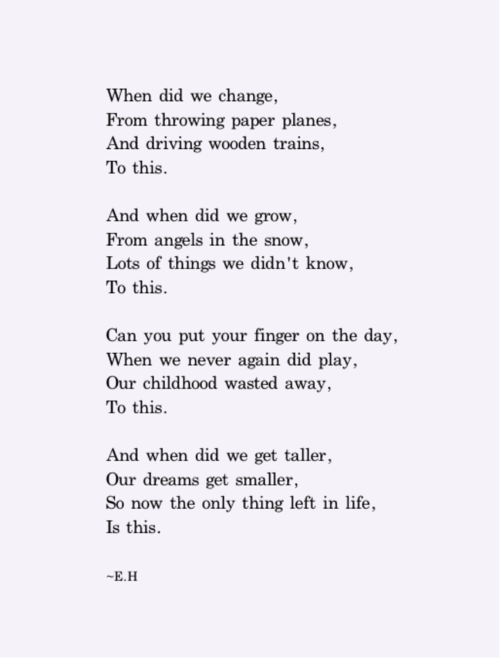Recipes: Photo Series by Nora Luther & Pavel Becker
German art director Nora Luther and photographer Pavel Becker worked in collaboration to create this impressive series of images showcasing recipe ingredients floating in mid-air.“The raw ingredients rest in weightlessnes. They are properly proportioned falling into the vessel where they are further processed.
The image serves a foretaste not only of the dish but also of its preparation. The look of the ready cooked dish is left to your own imagination.”
These images are really effective as not only do they show people what inside the food they eat and maybe make them consider it, but it looks like art and reminds people of what good food is. I want to try and recreate a similar idea to this but with individual items such as fruit and veg to see what effect that has.









































